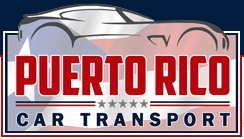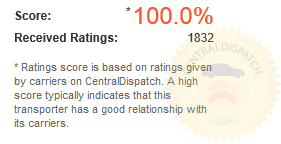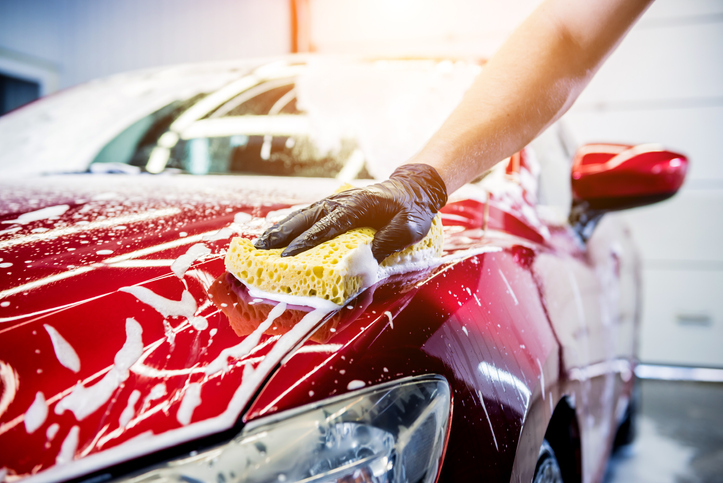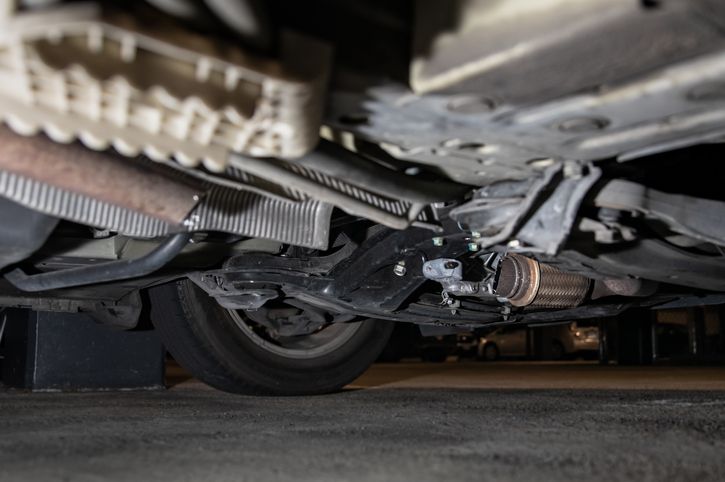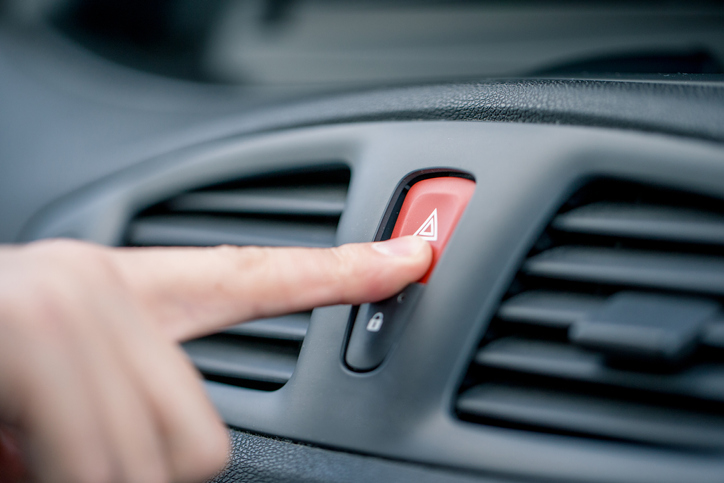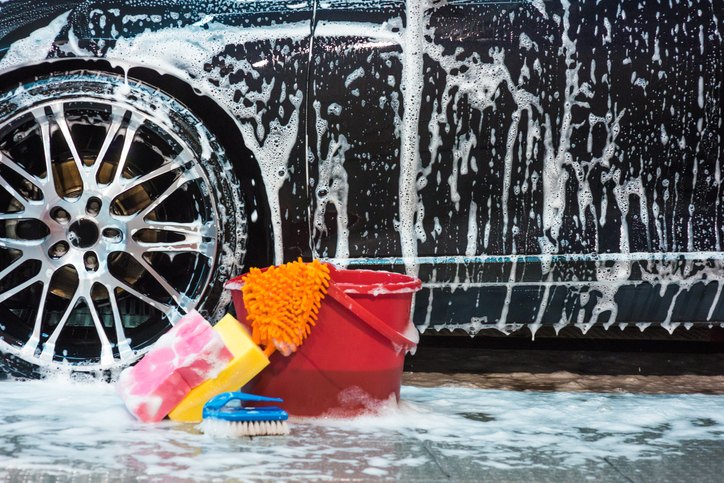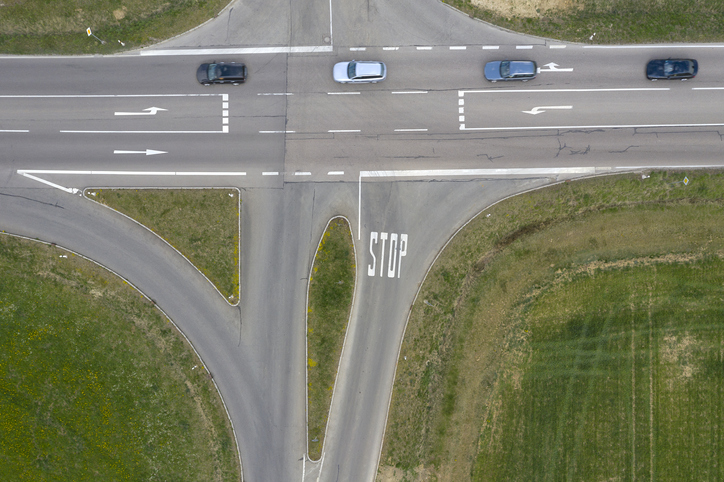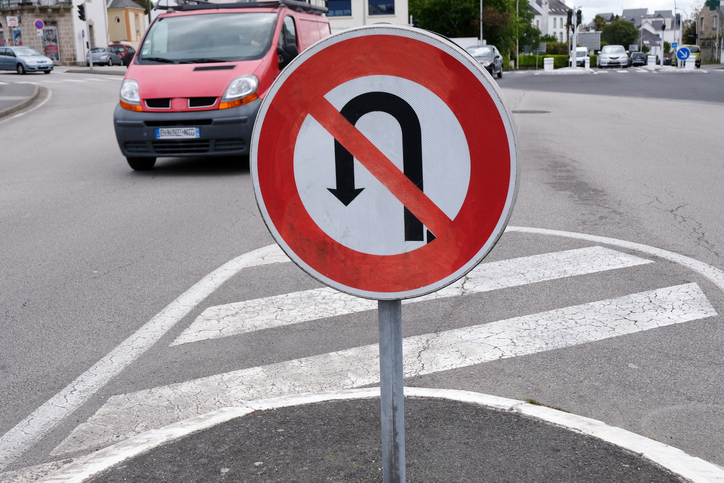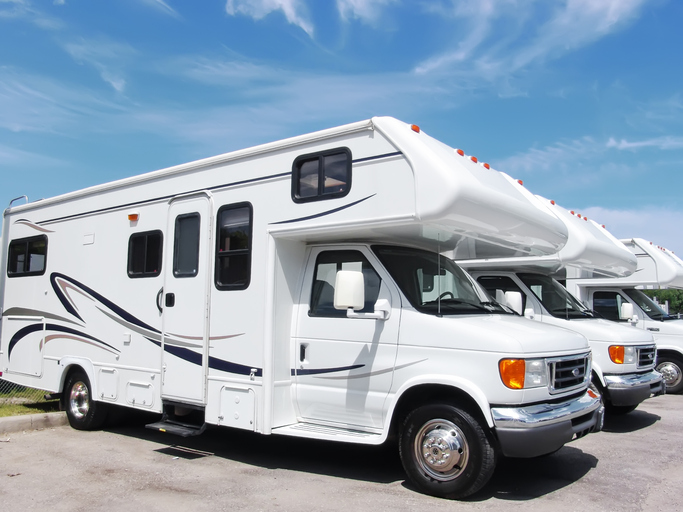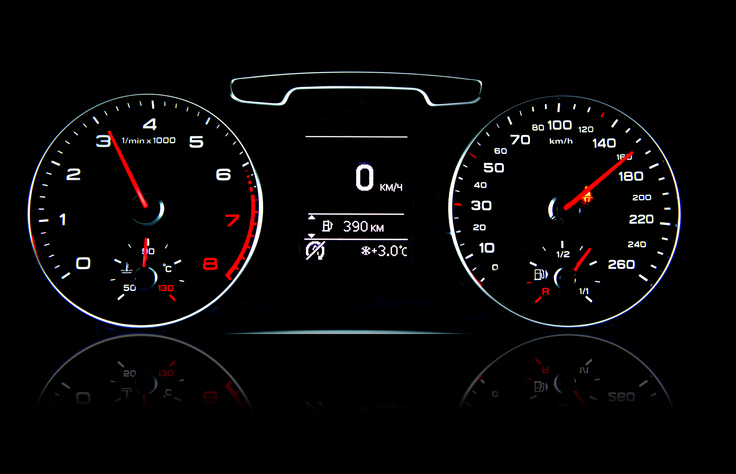Maintaining visibility
Maintaining reaction time
Wrapping up

Maintaining visibility
When you are driving through an area in San Juan where there is a high level of foot traffic such as a marketplace, park or beach, you need to make sure that you are doing everything you can to avoid hitting a pedestrian. You will be criminally and civilly liable and the consequences from both of those will pale in comparison to the guilt of having hit someone with your car. So, in order to avoid this, you must be sure you keep your car as visible to pedestrians as possible as well as being sure you have the highest visibility of pedestrians.
You can keep your car visible to pedestrians by avoiding driving too closely behind other vehicles and/or in what would be a blind spot to a pedestrian to the side of a vehicle. If conditions are dark or low light such as at night or on an overcast day, make sure your lights are on at all times. In terms of maintaining your own visibility of pedestrians, make sure that you keep your windshield clean and defogged at all times. You must also keep your other windows clean and make sure that your mirrors are always in the proper position.
Maintaining reaction time
Once you have ensured that you can always see pedestrians and that they can always see you, you must now ensure that your reaction time is always at its peak. This will always start with making sure you are in a proper physical condition to drive. Never drive if you are too tired or if you are under the influence of drugs and/or alcohol. You must also make sure you eliminate all distractions while you drive. This will include turning your cell phone off, limiting distractions from passengers and avoiding activity such as eating while driving. Finally, be sure that when your view gets obstructed by another vehicle or an object to the side of the road that you slow down and be ready to brake in case any pedestrians walk into the road at the same time your view is obstructed.
Wrapping up
Making sure the pedestrians that are around you are safe while you drive is a top priority. Hitting someone with your car can land you in jail, cost you your life savings and can haunt you forever. You must always make sure that you have a clear view of all pedestrians and that they always have a clear view of you. When your view gets obstructed slow down, prepare to brake and maintain your high level of focus.
